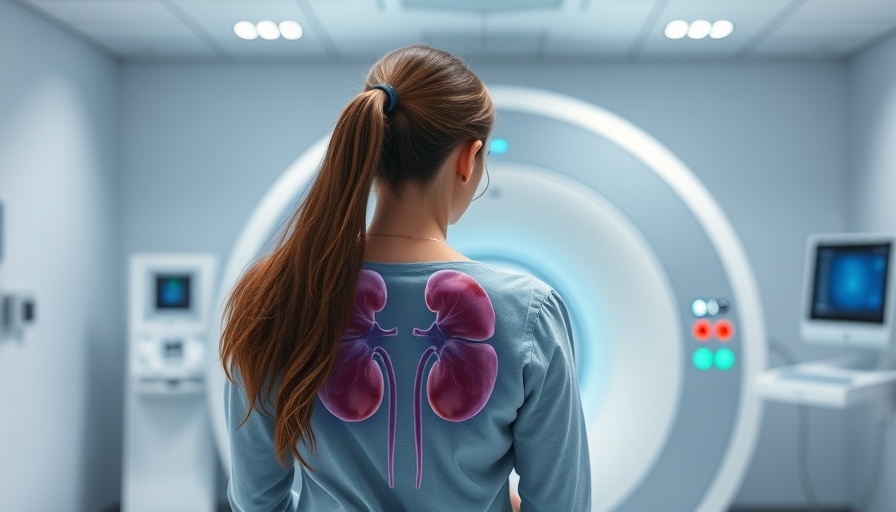
The Dawn of a New Era for Kidney Patients in Aizawl
Aizawl Civil Hospital is poised to launch a groundbreaking renal transplant facility, marking a significant advance in kidney healthcare for the region. Patients who today undergo dialysis, a life-sustaining treatment for those with kidney failure, may soon find hope in transplant options that promise improved quality of life and health outcomes.
Understanding the Need: Why Renal Transplants Matter
Kidney diseases are on the rise globally, with the World Health Organization highlighting a staggering increase in cases. As the prevalence of conditions leading to chronic renal failure surges, the need for transplant facilities becomes paramount. With limited options currently available in Aizawl, the establishment of this new facility will provide essential access to life-saving procedures that can dramatically enhance patients’ lives.
Current Landscape of Kidney Healthcare
The journey to a transplant often begins with a long wait for compatible donors, a challenge faced nationwide. In India, the situation is further exacerbated by limited access to healthcare facilities, especially in smaller cities. Aizawl's new renal transplant unit not only signifies a local solution to a pressing health problem but also aligns with broader national initiatives to expand access to organ transplantation.
Expert Insights on the Future of Renal Care
Healthcare professionals confirm that renal transplants can provide a favorable alternative to dialysis. According to health experts, a successful transplant can often restore kidney function, allowing patients to regain a normal lifestyle. This transformational potential makes the Aizawl Civil Hospital's facility a beacon of hope for many.
Community Response: What the Locals Are Saying
Local residents express optimism about the launch. Many see the facility as a vital step toward enhancing healthcare accessibility in the region. "It is hard to imagine the lives that will be saved and improved with a renal transplant center right here in Aizawl," commented a community health advocate. The sentiment echoes a wave of relief among families who have had to travel far for advanced care.
Potential Challenges and Perspectives
While the promise of a new renal transplant unit is exciting, it is important to address potential challenges such as the availability of skilled healthcare professionals and the need for robust post-operative care facilities. Some experts stress the importance of creating a comprehensive support system that follows patients long after they leave the operating room.
Organ Donation Awareness: An Integral Component
This new initiative in Aizawl also opens discussions on the importance of organ donation. For the transplant program to succeed, increased awareness and education campaigns about organ donation will be essential. Without willing donors, even the best facilities can struggle to make a difference.
What Lies Ahead: Future Prospects for Renal Patients
As the renal transplant facility prepares to open, it stands as a testament to the commitment of healthcare providers to improve patient outcomes. The broader impact of such services could potentially inspire other regions in India to follow Aizawl's lead, addressing healthcare disparities and setting a precedent for localized healthcare solutions.
Taking Action: How You Can Help
Community members are encouraged to engage with local health campaigns that aim to increase awareness about kidney health and organ donation. By participating in information sessions or leading initiatives focused on kidney health in schools and community centers, residents can play an active role in promoting a healthier future.
 Add Row
Add Row  Add
Add 




Write A Comment